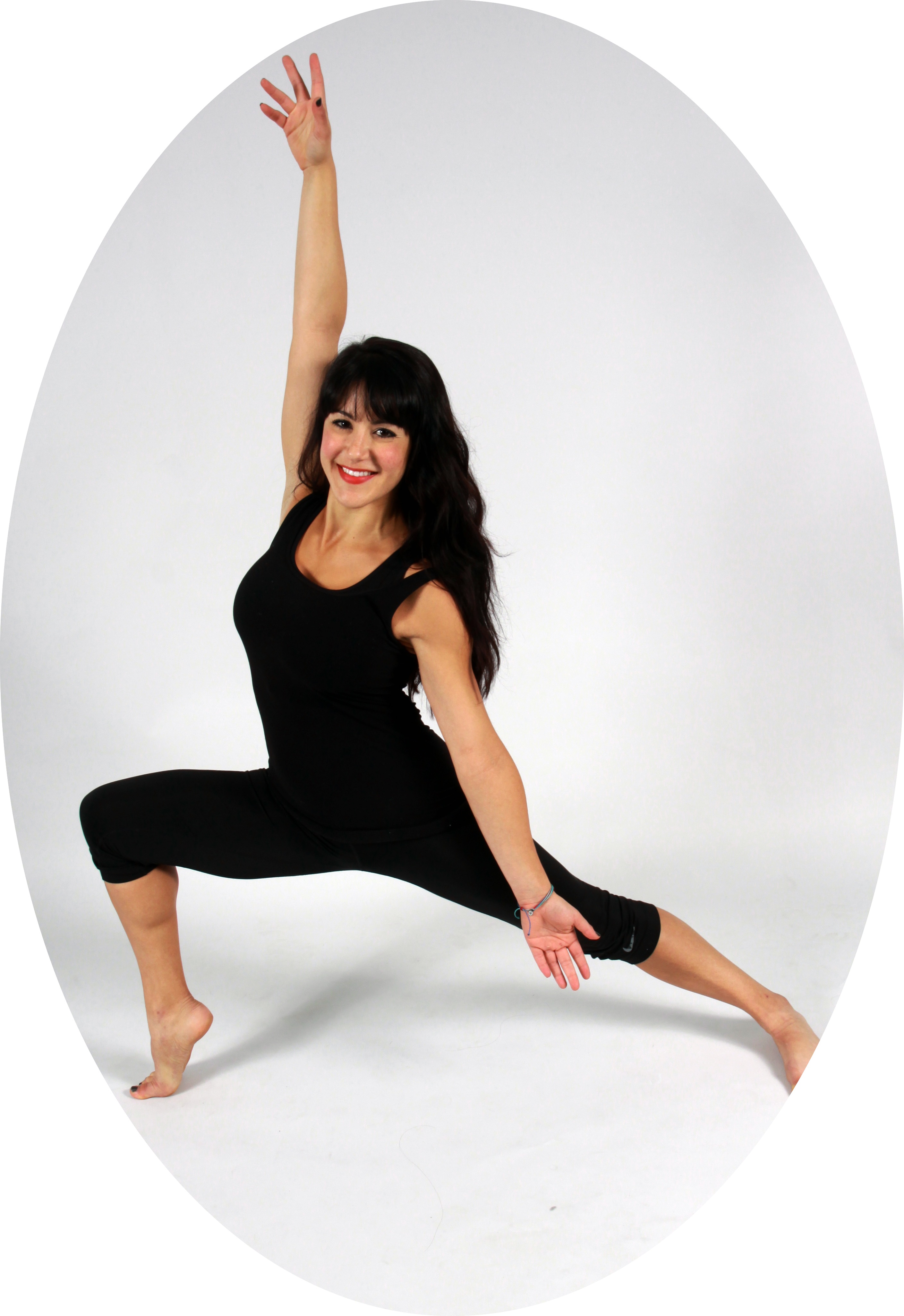 Piggybacking on the recent vlog I did with Brian, today I’m talking about the latest most popular fad diets and how to spot one. Remember that no matter what you eat, you should always exercise to stay healthy. Complementing a balanced nutrition plan with a good HIIT training program for weight loss may help you achieve the long-lasting results you desire.
Piggybacking on the recent vlog I did with Brian, today I’m talking about the latest most popular fad diets and how to spot one. Remember that no matter what you eat, you should always exercise to stay healthy. Complementing a balanced nutrition plan with a good HIIT training program for weight loss may help you achieve the long-lasting results you desire.
I know that I tend to trash-talk diets, but be aware that mine are not opinions. They are factually accurate statements based on research and personal experience throughout my career. Plus, since I’m a mom, I can now say with certainty that “I know what’s best for you.”
You ready to listen? 😉
The following are five popular fad diets that everyone’s talking about heading into 2018.
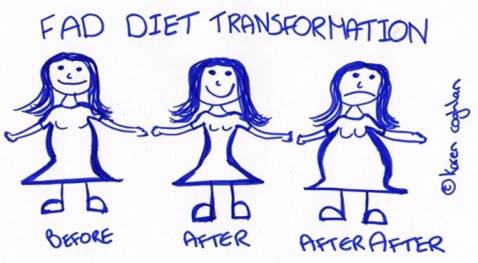
The Ketogenic Diet
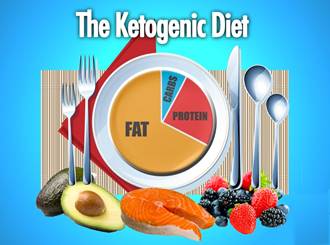
Ketosis is a metabolic adaptation that has allowed humans to survive during periods of famine. When the body’s glycogen (carbs) stores are depleted, the body breaks down fat and produces ketones, which provide energy for the brain when glucose is scarce. You can achieve ketosis either by fasting or strictly limiting carbohydrate intake to less than 20 to 30 g per day. Fat needs to be increased to about 70% to 80% of total calories, and protein intake should be moderate.
Doctors have recommended the ketogenic diet in children with epilepsy for years, but this program has recently become one of the most popular fad diets among the general population, paralleling the popularity of the Atkins diet in the 1990s. Some followers of the ketogenic diet feel justified to eat hefty amounts of bacon and mayonnaise, while others aim to eat less processed and sugary foods.
The Real: Ketosis does usually lead to significant weight loss because the body is constantly breaking down stored fat to meet its energy needs, which diminishes hunger. However, there’s a lack of research on the long-term effects of a ketogenic diet in humans. Since high levels of nitrogen excretion during protein metabolism can cause an increase in glomerular pressure and hyperfiltration, experts worry about how this diet may affect renal function. Eating what the plan suggests may stress the kidneys (which can lead to stones…ouch!) and cause bone loss.
Additionally, the ketogenic diet is not behaviorally sustainable, which is why most people tend to gain the old weight back… plus more.
Still thinking of following this plan? Then make sure to at least take a multivitamin and mineral supplement that contains electrolytes – such as sodium and magnesium – and some B vitamins, to make up for the loss of nutrients in the diet.
Alkaline Diet
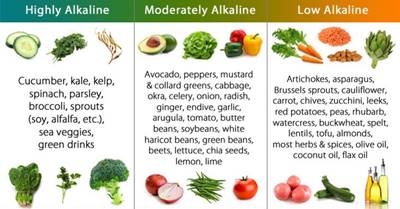 The theory behind the alkaline diet is that acid-producing foods will lead to a metabolic imbalance. The diet claims that eating more alkaline-forming foods and fewer acid-forming foods will help reduce inflammation and increase resistance to disease. Accordingly, the diet promotes eating 80% alkaline-forming foods (such as fruits and vegetables) and 20% acid-forming foods (such as fish, poultry, meats, dairy, caffeine, sugar, and salt).
The theory behind the alkaline diet is that acid-producing foods will lead to a metabolic imbalance. The diet claims that eating more alkaline-forming foods and fewer acid-forming foods will help reduce inflammation and increase resistance to disease. Accordingly, the diet promotes eating 80% alkaline-forming foods (such as fruits and vegetables) and 20% acid-forming foods (such as fish, poultry, meats, dairy, caffeine, sugar, and salt).
The Real: Under normal conditions, the cells and blood maintain the body’s neutral pH level. This is because we would die if we didn’t maintain our pH, and our body actually wants to survive! Since it promotes super healthy foods, the alkaline diet is mostly nourishing and benign. Still, choosing to eat only alkaline-forming foods might drive you crazy in the long run! Do you really want to give up on vinegar, citrus grains, dairy, AND fish?! That’s quite the restriction!
Macros Diet
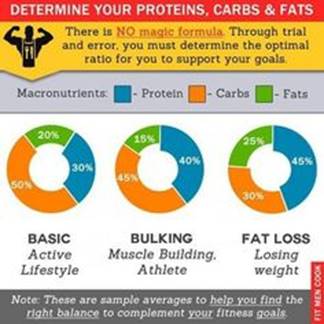 Also called Flexible Dieting and If It Fits Your Macros (or IIFYM), this plan has become popular among CrossFitters, models, and body builders, gaining traction through social media. Some people claim that when associated with the best HIIT training program for weight loss, the diet can do miracles. The plan promises to minimize hunger, balance energy levels, and curb sugar cravings by feeding the body “ideal nutrition” – i.e., individualized ranges of macronutrients, protein, carbs, and fat – to maximize efficiency. Dieters start with target macros (like 50% carbohydrates and 25% each of protein and fat) and adjust ratios based on body type, goals, and activity level. To keep track of macros, they count calories using spreadsheets or smartphone apps. Treats such as doughnuts are allowed, as long as they fit into the macro ratio.
Also called Flexible Dieting and If It Fits Your Macros (or IIFYM), this plan has become popular among CrossFitters, models, and body builders, gaining traction through social media. Some people claim that when associated with the best HIIT training program for weight loss, the diet can do miracles. The plan promises to minimize hunger, balance energy levels, and curb sugar cravings by feeding the body “ideal nutrition” – i.e., individualized ranges of macronutrients, protein, carbs, and fat – to maximize efficiency. Dieters start with target macros (like 50% carbohydrates and 25% each of protein and fat) and adjust ratios based on body type, goals, and activity level. To keep track of macros, they count calories using spreadsheets or smartphone apps. Treats such as doughnuts are allowed, as long as they fit into the macro ratio.
The Real: Tracking food intake can help anyone drop lbs., but this plan offers no advantage over other calorie-counting plans. Besides, most online sites have inaccurate nutrition information and encourage users to sign up for a pricey meal plan ($749 for a 90-day coach-supported plan). Cha-ching!
I say it’s fine to track your percentages and calories, but don’t obsess and always honor hunger and fullness signals FIRST. If you need more carbs because you work out hard, then get those carbs. If you need more fat because that’s what your body is asking for, then eat more fat. If you need less protein than what the percentage states, then adjust your protein intake accordingly.
Whole30
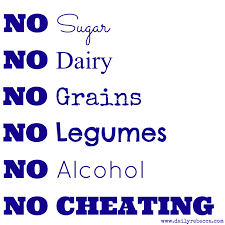 This elimination diet promotes fresh foods while eliminating anything processed (and even some whole foods in their unprocessed forms), including all grains, dairy, soy, legumes, sugar, certain preservatives, and artificial sweeteners. According to Melissa and Dallas Hartwig, authors of the popular book The Whole30: The 30-Day Guide to Total Health and Food Freedom, the list of foods to you should eliminate have been linked to a variety of health problems, such as hormonal imbalances, systemic inflammation, and gut issues.
This elimination diet promotes fresh foods while eliminating anything processed (and even some whole foods in their unprocessed forms), including all grains, dairy, soy, legumes, sugar, certain preservatives, and artificial sweeteners. According to Melissa and Dallas Hartwig, authors of the popular book The Whole30: The 30-Day Guide to Total Health and Food Freedom, the list of foods to you should eliminate have been linked to a variety of health problems, such as hormonal imbalances, systemic inflammation, and gut issues.
By strictly following the Whole30 plan for 30 days, dieters hope to improve digestion, skin health, metabolism, and fitness, and to achieve an overall sense of well-being. The daily eating plan consists of three meals with modest portions of protein, fruits, vegetables, nuts, seeds, and fats from oils, butter, coconut, and olives.
Snacking is frowned upon unless it’s properly planned before or after a workout. Once you complete the 30 days, you can slowly add the eliminated foods back depending on how your body responds to reintroduction.
The Real: Any diet that suggests eliminating numerous food groups comes with blazing red flags! By entirely cutting out certain foods, you’ll miss out on key nutrients, and you’ll feel deprived and frustrated, which may push you to rebound eat/binge. This diet can be helpful for people who are trying to find out if they are intolerant to specific foods, but certainly not for those who are trying to lose weight long-term.
Blood Type Diet
 Learning how to spot a fad diet is not always easy, especially when some of these plans come from ‘health experts’. This is the case with the blood type diet, created by naturopathic physician Peter D’Adamo, ND, MIFHI, under the premise that blood type determines which foods you should eat and how you should exercise to improve digestion, lose weight, and feel good.
Learning how to spot a fad diet is not always easy, especially when some of these plans come from ‘health experts’. This is the case with the blood type diet, created by naturopathic physician Peter D’Adamo, ND, MIFHI, under the premise that blood type determines which foods you should eat and how you should exercise to improve digestion, lose weight, and feel good.
For example, according to D’Adamo, those with type A blood do best on a vegetarian diet associated with yoga and meditation, while those with type O succeed by following an animal-based diet with regular aerobic exercise, such as running.
The Real: A 2014 study published in PLOS One examined more than 1,450 healthy adults who followed this diet. Although some of them saw positive results on factors such as BMI and triglycerides, these were independent of the participant’s blood type. While the diet promotes healthy behaviors for each blood type, it’s actually not an individualized health plan. Your blood type doesn’t dictate how you should live and what’s realistic in your life; therefore, eating according to your blood type doesn’t make sense.
I know I’m a broken record… and you’re probably rather bored of my messages, BUT trust me! Any plan that is not thoughtfully personalized and mapped out for your needs will eventually fall on its face. The problem with trying, and ultimately failing, each diet is that your self-worth will decrease a little with each failure, affecting your overall self-esteem.
Therefore, rather than following a fad diet, try to pick paths that support your life and you. Congruency is everything. Always LISTEN to your body. And if you think you’ve found the perfect workout, stick with it! Just remember that you should keep adjusting your daily caloric intake according to your program.
Now that you know how to spot a fad diet, I hope you will stay away from promises of quick and easy weight loss!
I’ll leave you with a famous quote from R.M. Drake, “Don’t think. It complicates things. Just feel, and if it feels like home, then follow its path!”
At Studio SWEAT onDemand, we offer incredible Indoor Cycling, Yoga, TRX®, and some of the best HIIT training programs for weight loss around, so get started today with an All Access Pass, and let’s get going!
Love you all!
Miriam Turner
Studio SWEAT Dietitian
Resource: Ask the Expert: Keeping Up With Fad Diets By Toby Amidor, MS, RD, CDN, Today’s Dietitian









Comments - 0